If you click on a link and make a purchase we may receive a small commission. Read our editorial policy.
Bebe's Kids is a beacon for Black Animation, back in 1992 when released and today
Bebe’s Kids and the iIntegral role it played in Black animation

Hollywood has a longstanding, problematic history with diversity. This isn’t the most shocking news as those of us who grew up before the 21st century are well aware that if we weren’t white, there was a huge chance we weren’t seeing a lot of ourselves on big and small screens, especially in animation. Except for Captain Planet, which made sure to check off several racial boxes, there wasn’t a lot of variety in cartoons back in the day.
Disney tried during their Renaissance, delivering Pocahontas, Aladdin, and Mulan but oddly enough - they still had yet to give way to a Black princess. The ‘70s had The Adventures of Fat Albert and the Cosby Kids, but that was pretty much it for a long time. After that, Black characters, if done at all, were often just one and done and never given their time to shine as main characters until the summer of 1992 when Bebe’s Kids hit theaters, and became an integral part of Black animation history.

An integral part, but not a jumping-off point. When we talk about a lack of representation on screen it usually correlates to the lack of diversity behind the scenes, and while Black folks were working in animation studios long before Bebe’s Kids director Bruce W. Smith, it was still very much lackluster. Disney had Floyd Norman, someone who was discouraged from even applying because people assumed the company didn’t hire anyone non-white. Thankfully he didn’t take that to heart, applied, and worked on everything from Sleeping Beauty to Monsters, Inc. Another notable name in Black animation is Larry F. Houston, the first Black person to head a Saturday morning cartoon. A little show by the name of X-Men: The Animated Series.
And while these men were paving the way and X-Men gave us a whole lot to think about in terms of what it was like to be 'the other' in society, there was still not a lot of Black representation on screen. This is why we look at Bebe’s Kids with such high regard when talking about Black animation and Bruce W. Smith’s contribution to such. It was a huge stepping stone not only in animation but in Black pop culture as a whole.
What was happening around Bebe's Kids release
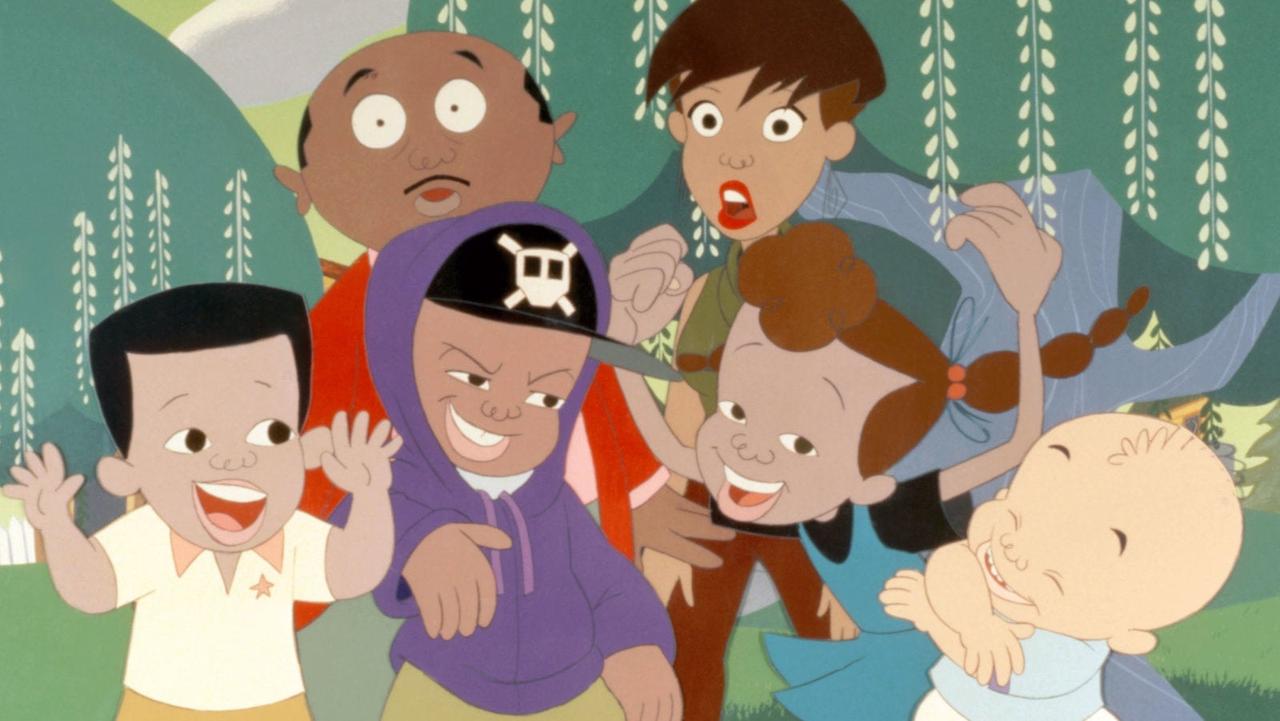
When Bebe’s Kids came out Black pop culture was present, but still just getting its footing in the mainstream. Shows like Good Times and Sanford And Son laid a solid foundation and The Cosby Show propelled Black television to new heights, but it was the latter half of the ‘80s and entertainers like Eddie Murphy that helped push Black entertainment, especially comedy, into more homes. So by the early ‘90s, Black pop culture was starting to become less and less niche. Everyone was listening to TLC and singing along to 'Baby Got Back,' The Bodyguard was only second at the box office in 1992 after Aladdin, and shows like Martin and Def Comedy Jam were serving audiences a new kind of humor. So it was like this perfect storm when Bebe’s Kids.
The story of Bebe’s Kids spawned from an act by late comedian Robin Harris. Unfortunately, Harris passed a year before the film came out, which is why we hear Faizon Love starring as the lovestruck Robin, a man willing to do just about anything to date a woman named Jamika. That includes taking not only her and her son, Leon, to a theme park by the name of Fun World - but also Jamika’s friend’s kids; Bebe’s kids. Once at the theme park, comedic chaos takes over as the driving force of the film, and while we never actually see Bebe, her three kids leave a memorable impression.
Whether it’s Kahlil’s rhymes, LaShawn’s feisty fists, or Pee-Wee’s diaper habits, Bebe’s kids were children we all knew at the time. Even buttoned-up Leon who was the anti-Bebe’s kid was someone we could attach ourselves to. So not only did these kids look like some of us (finally), but they acted like us as well. They weren’t token characters playing off of the white main character, tagging along for an adventure here and there - they were in the driver’s seat and we wanted to go wherever they took us. Which wasn't too far as Bebe’s Kids didn’t do that well at the box office. Despite that, it has gone on to be one of those movies that ‘90s kids sort of all perk up about when mentioned as we likely saw it on VHS or TV on a Saturday night long after its initial release.
Bebe’s Kids wasn’t necessarily aimed at kids with its PG-13 rating, but being that it was a cartoon with Black kids at its core - many families opted to watch it once out on home video, regardless of how young their little ones were. That’s because while Black pop culture was starting to become more mainstream than ever thanks to the emergence and popularity of hip hop in the ‘80s, there still wasn’t much for kids to grasp onto. Again, Disney was years away from having Black main characters on screen, and we were a year away from Rugrats introducing us to Susie Carmichael, and four years out from Gerald on Hey! Arnold. So for many, Bebe’s Kids was the first time many of us saw ourselves in animated form, speaking the way they spoke at home, and utilizing comedy the same way they did.

Bebe’s Kids proved that a Black animated cast meant something to audiences. Maybe not monetarily but in a sense that Black characters didn’t just have to be the resident tokens. It would take some time before Hollywood grasped that notion but in a way, we have Bebe’s Kids to thank for what followed with the likes of The Boondocks and Disney’s The Proud Family. Penny Proud likely being the reason Disney finally decided that after seven decades, it was time to finally diversify their princess lineup even more with the addition of Tiana in The Princess and the Frog. Granted, she was an amphibian for most of the movie, but we can relish in the thought that she’ll be back in a new animated series on Disney+ soon.
Not only is Bebe’s Kids a beacon among Black animation, but it also gave way to helping what many consider Disney’s first unofficial, Blacklist movie - A Goofy Movie. Bebe’s Kids director Bruce W. Smith went on to be a character designer for Goofy and Co. He later directed The Proud Family Movie, worked on The Princess and the Frog, and co-directed the Oscar-winning short, Hair Love alongside writer/director Matthew A. Cherry and Everett Downing Jr.

It has been 32 years since we entered the chaotic Fun World with Robin and Bebe’s kids in tow, and since then Bebe’s Kids has solidified itself not only as a cult favorite that many ‘90s kids praise to this day, but also a stepping stone in the right direction for Black animation. Proving not only that Black characters could be more than the one-and-done token amid a white-centric cast, but also that our stories were worth telling.
Want to know what's coming up next in pop culture? Check out Popverse's guides to:
Follow Popverse for upcoming event coverage and news
Find out how we conduct our review by reading our review policy
Let Popverse be your tour guide through the wilderness of pop culture
Sign in and let us help you find your new favorite thing.


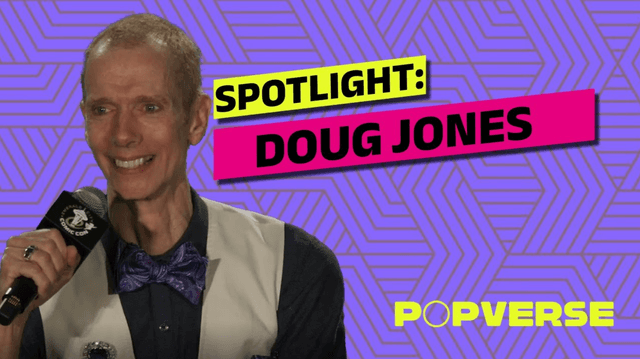
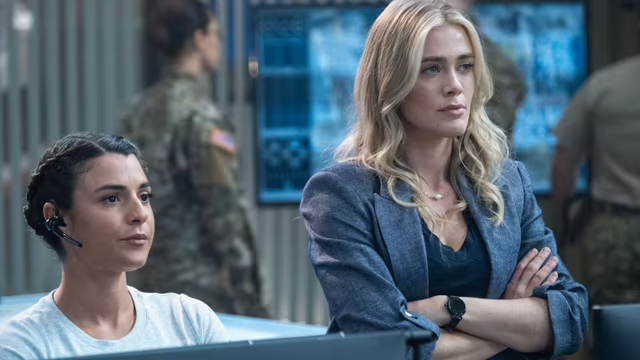
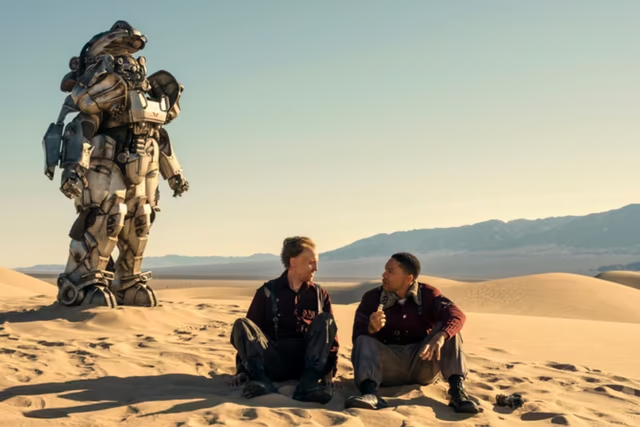



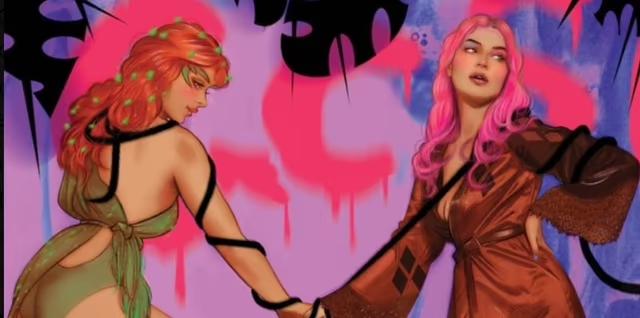







Comments
Want to join the discussion? Please activate your account first.
Visit Reedpop ID if you need to resend the confirmation email.